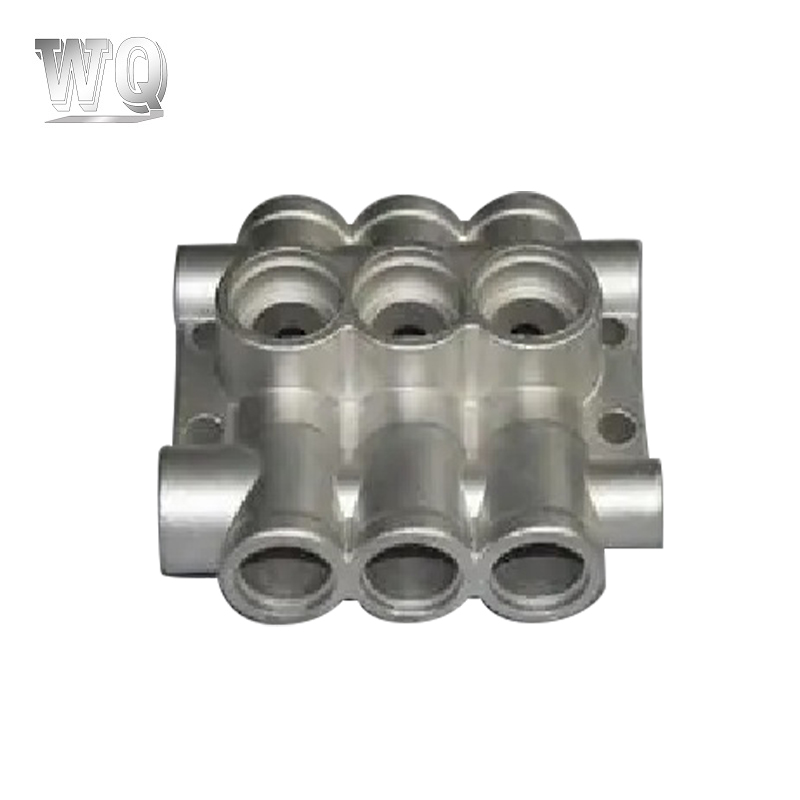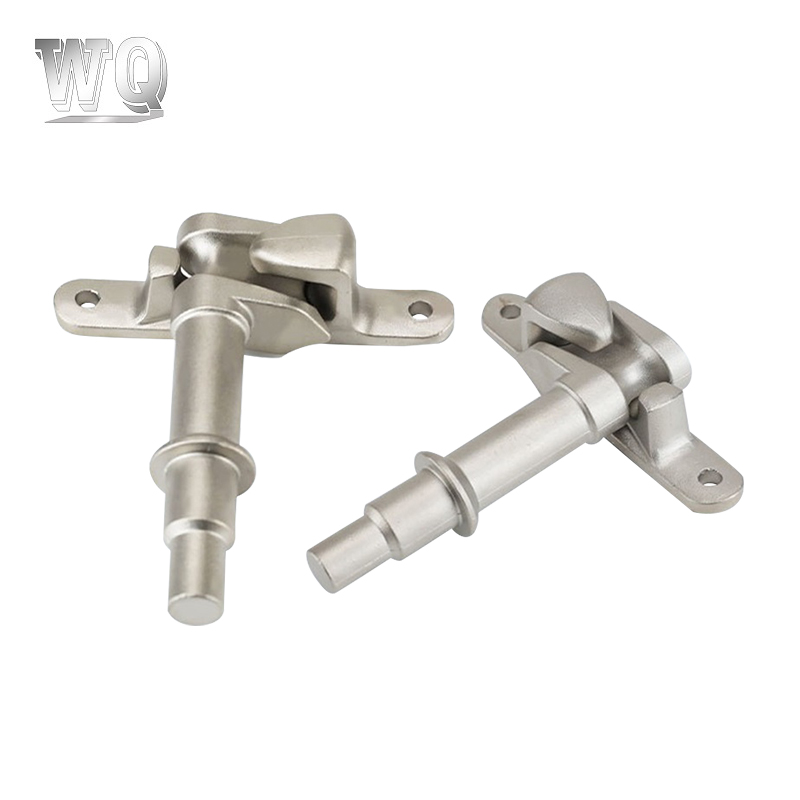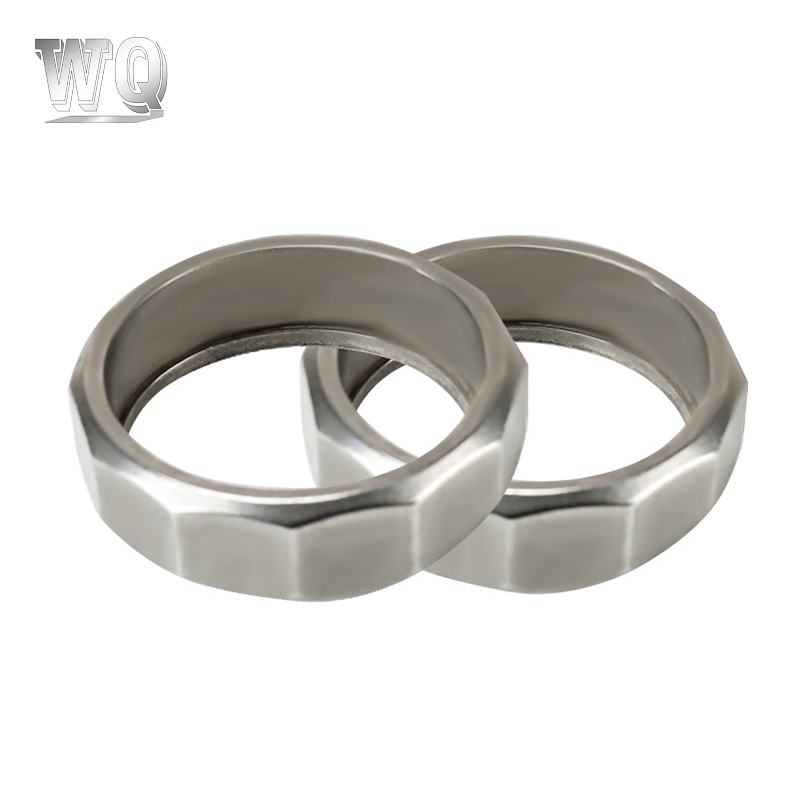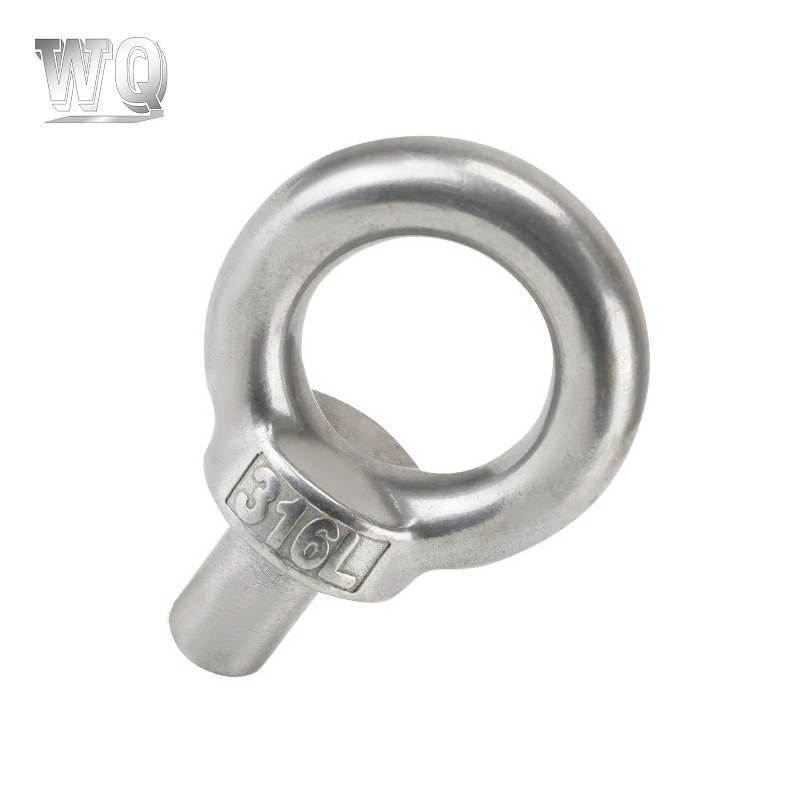Introduction to Casting Auto Parts
Casting auto parts play a critical role in modern vehicle manufacturing, providing essential components such as engine blocks, transmission housings, brake components, and suspension parts. Ensuring these parts maintain strength and durability is crucial for vehicle safety, performance, and longevity. This article explores the key factors that guarantee the reliability of casting auto parts.
Material Selection for Strength and Durability
The choice of material directly influences the mechanical properties, wear resistance, and overall durability of casting auto parts.
Metal Alloys
Automotive castings typically use materials such as aluminum alloys, cast iron, and steel alloys. Aluminum alloys are lightweight and corrosion-resistant, suitable for engine components and body parts. Cast iron offers high strength and thermal stability, making it ideal for brake components and engine blocks. Steel alloys provide exceptional toughness and load-bearing capacity, used in suspension and structural components.
Additive Elements
Incorporating elements such as nickel, chromium, and molybdenum can enhance the strength, wear resistance, and fatigue life of casting auto parts. These alloying elements improve mechanical properties without significantly increasing weight.
Design Optimization for Durability
Proper design ensures that stress is evenly distributed throughout the casting, reducing weak points and preventing premature failure.
Finite Element Analysis (FEA)
FEA simulations help engineers predict stress, deformation, and failure points under operational conditions. By analyzing load distribution, designers can optimize wall thickness, fillet radii, and rib placement to increase durability.
Ribbing and Reinforcements
Strategic ribbing and reinforcement structures in cast components enhance rigidity and resist bending or torsion. This design technique is critical for components like engine blocks, suspension arms, and structural brackets.
Casting Process Techniques
The casting process itself plays a pivotal role in determining the final strength and durability of auto parts.
Sand Casting
Sand casting allows for complex shapes and is commonly used for engine blocks and brake drums. High-quality sand molds and controlled pouring temperatures ensure dense, defect-free castings.
Die Casting
Die casting produces high-precision parts with smooth surfaces and excellent dimensional accuracy. This technique is ideal for aluminum alloy components such as transmission housings and engine covers.
Investment Casting
Investment casting is used for high-performance components that require intricate geometries and tight tolerances. It ensures minimal porosity and high material integrity, critical for parts exposed to high stress or heat.
Heat Treatment and Surface Enhancement
Heat treatment and surface processing significantly enhance the mechanical properties and durability of casting auto parts.
Annealing and Normalizing
Annealing relieves internal stresses introduced during casting, improving ductility and toughness. Normalizing refines the microstructure for uniform hardness, reducing the risk of cracks under load.
Quenching and Tempering
Quenching followed by tempering creates a balance of hardness and toughness. This process is widely used for steel castings to improve fatigue resistance and prevent brittle failure.
Surface Coatings and Treatments
Surface treatments such as nitriding, chrome plating, and anodizing enhance wear resistance, corrosion protection, and friction reduction. For components like brake rotors and gears, surface treatments extend service life significantly.
Quality Control and Testing
Rigorous quality control ensures that casting auto parts meet strength and durability requirements before assembly.
Non-Destructive Testing (NDT)
Techniques like ultrasonic testing, X-ray inspection, and magnetic particle testing detect internal defects such as porosity, cracks, and inclusions without damaging the part.
Mechanical Testing
Tensile, hardness, impact, and fatigue tests verify that cast components meet required mechanical properties. Testing ensures reliability under operational stress and extreme conditions.
Dimensional and Visual Inspection
Precision measurements and visual inspection identify surface defects and ensure compliance with design specifications. This step prevents premature failure due to misalignment or dimensional errors.
Comparison Table: Factors Affecting Strength and Durability
| Factor | Impact on Strength | Impact on Durability | Notes |
| Material Selection | High | High | Alloys and element composition crucial |
| Design Optimization | Medium to High | Medium to High | FEA and ribbing enhance load distribution |
| Casting Process | High | High | Process type affects porosity and density |
| Heat Treatment | High | High | Annealing, quenching, tempering improve toughness |
| Quality Control | High | High | Testing ensures defect-free components |
Conclusion
Casting auto parts achieve strength and durability through a combination of proper material selection, optimized design, advanced casting processes, heat treatment, and rigorous quality control. By integrating these factors, manufacturers ensure that components such as engine blocks, transmission housings, and suspension parts meet the demanding requirements of modern vehicles, providing reliable performance and long service life.










